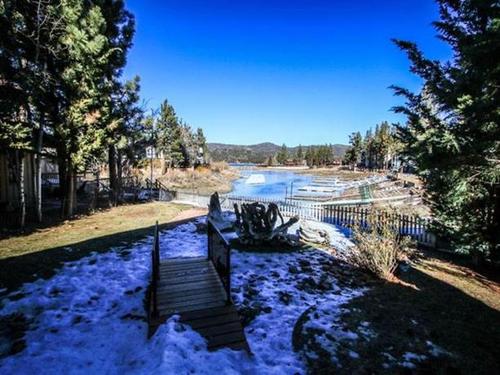Trade is carried on with the natives by means of a standard valuation, called in some parts of the country a castor. This is to obviate the necessity of circulating money, of which there is little or none, excepting in the colony of Red River. Probably a trader tells an Indian, after looking over his furs, that he has got fifty or sixty castors; at the same time he hands to him fifty or sixty little bits of wood in lieu of cash, so that the latter may know, by returning these in payment of the goods for which he really exchanges his skins, how fast his funds decrease. Having selected the blankets, knives, and other articles which he wishes to purchase, to the extent that his wooden money will admit of, he packs up his goods and departs to show his treasures to his wife. The value of a castor is from one to two shillings. The natives generally visit the trading establishments twice a year;—once in October, when they bring in the produce of their autumn hunts; and again in March, when they come in with that ofthe great winter hunt.

The number of castors that an Indian makes in a winter hunt varies from fifty to two hundred, according to his perseverance and activity, and the part of the country in which he hunts. The largest amount I ever heard of made by one man, was two hundred and sixty castors. The poor fellow was soon afterwards poisoned by his relatives, who were jealous of his superior abilities as a hunter, and envious of the favour shown him by the white men.











